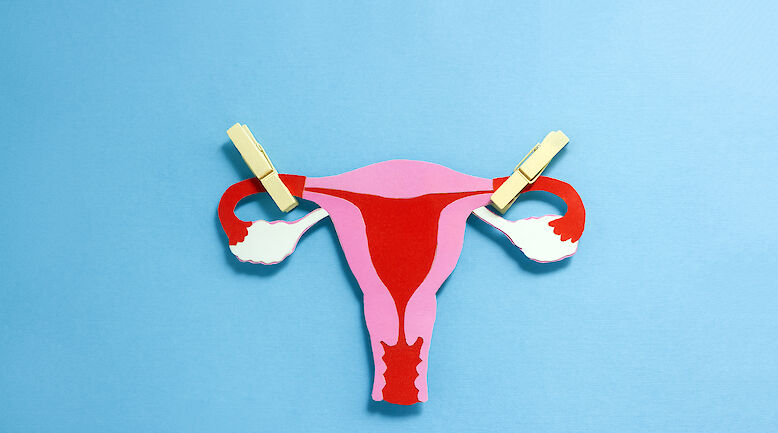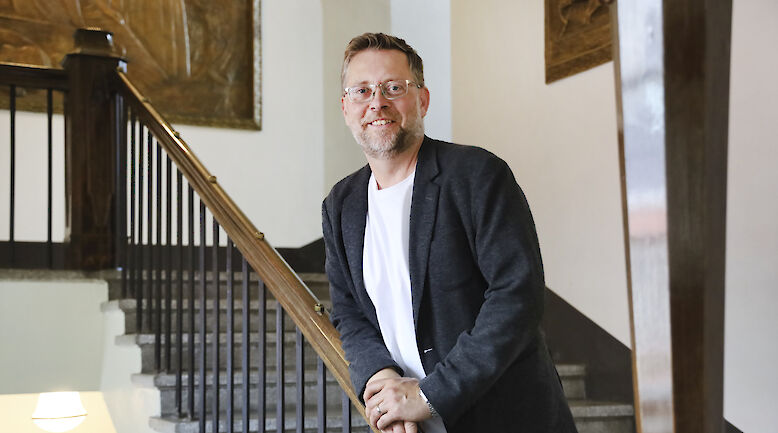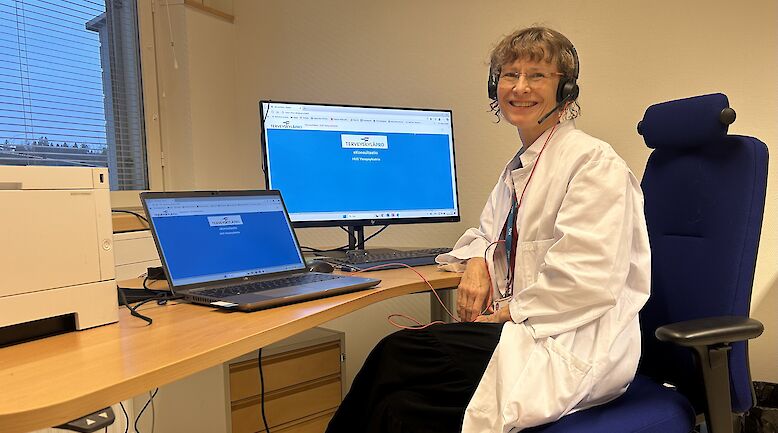English summary: THE UNFORTUNATE IN HEALTH CARE: SOCIOECONOMIC DIFFERENCES IN ELECTIVE SURGERY

Background:
Earlier studies in Finland and elsewhere have reported socioeconomic differences in access to elective surgery. This study examines the effects of different forms of social disadvantage and their cumulative influence on the use of elective surgery in Finland from 2000 to 2003.
Methods:
All residents aged 25 to 84 in Finland were taken as the population at risk. Data on coronary revascularisations, primary hip and knee replacements, lumbar disc operations, hysterectomies, prostatectomies and cataract operations were extracted from the Finnish Care Register. Sociodemographic data were obtained from the Employment Statistics. The data were analysed using Poisson regression analysis, with separate analyses for men and women of working age and for those of retirement age.
Results:
An income-related pattern was found for hip and knee replacements and revascularisations: the lower the income group the higher the operation rate. However, the rates decreased in the lowest income decile. Among the working-age population, those with income poverty, the long-term unemployed and men living alone were less likely to have undergone the above procedures. Among the retirement-age population the differences were similar, but smaller. Accumulation of social disadvantage decreased access to these procedures.
Conclusions:
The health care system should be developed so that it can also recognise and treat problems for which surgical treatment may be beneficial among the most disadvantaged patient groups.












